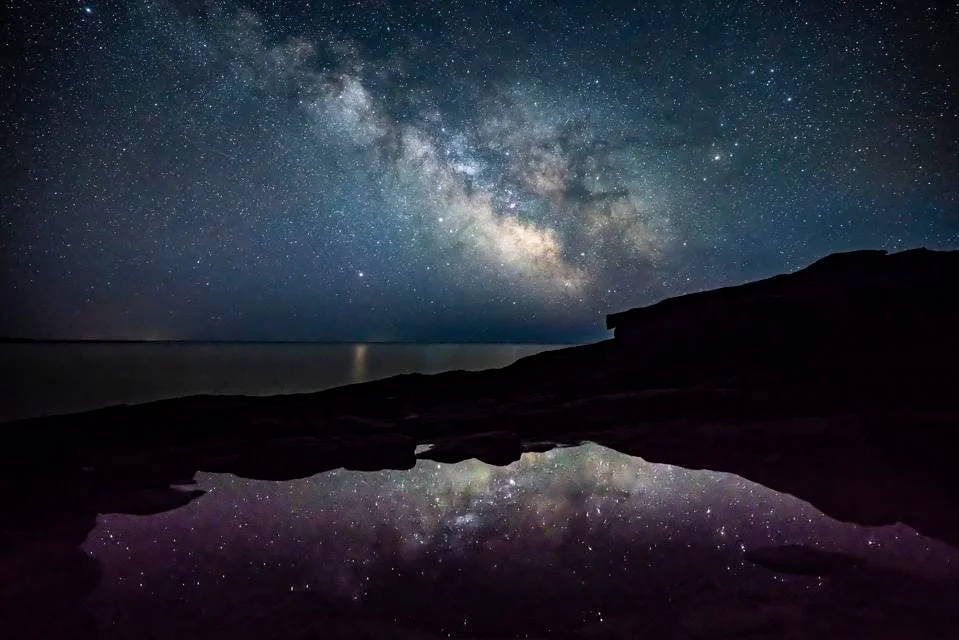
Catch the Milky Way’s Dazzling Display in California’s Night Sky This May
California stargazers, get ready! The Milky Way, our home galaxy, is poised to grace the night sky with a breathtaking display throughout late May. This isn't just another celestial event; it's a chance to witness billions of stars forming a vibrant arch across the Northern Hemisphere, more visible than usual, according to LiveScience.com.
The peak viewing period stretches from Tuesday, May 20, to Friday, May 30, 2025. This timeframe, nestled between the last quarter moon and the new moon, promises exceptionally dark nights, ideal for stargazing. But don't just step outside anytime; the magic happens between midnight and 5 a.m. That's when the galaxy's bright core becomes most prominent, especially for those in the middle latitudes of the Northern Hemisphere, including the continental United States and parts of Canada.

So, how do you actually *see* it? LiveScience.com suggests locating the Summer Triangle, a distinct shape formed by three bright stars that stretches across the Milky Way. NASA emphasizes the importance of finding a dark location, far removed from the intrusive glow of city lights. Remember, faint stars outnumber the bright ones, and only the most brilliant stars and planets can pierce through urban skies.
Light pollution poses a significant challenge to Milky Way viewing. A 2023 study in the journal Science revealed that sky brightness increases by 7% to 10% annually. Escaping to designated Dark Sky Places or consulting light pollution maps is crucial for optimal visibility. As Jamie Carter, a freelance journalist, notes, this makes May an ideal time for a first glimpse before the nights become shorter in June and July.

Weather also plays a vital role. Fortunately, the National Weather Service predicts clear skies for areas like Modesto and Sacramento, providing excellent galaxy viewing conditions. Fresno, Merced, and San Luis Obispo are also expected to have mostly clear skies, offering promising opportunities for celestial observation.
The upcoming visibility of the Milky Way is more than just a pretty sight; it's a reminder of our place in the cosmos and the beauty that can be found beyond our everyday lives. Will you be venturing out to witness this cosmic spectacle? Share your stargazing plans and observations in the comments below!